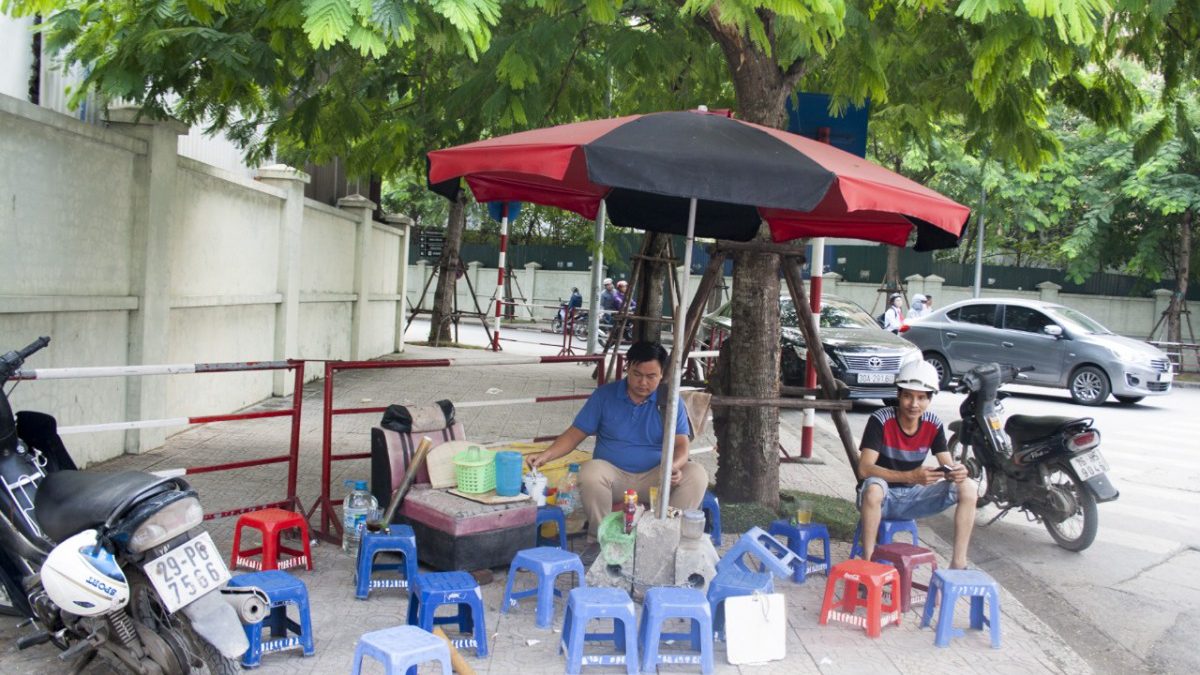
Keep up with our latest news and projects!

Over the last thousand years, Asian cities have grown into diverse urban settings. Today the region boasts both ancient, sacred cities and more pragmatic cities serving everyday habitats. It is here where the terms fluid and formal come into place. The fluid city we understand as being dominantly open, characterised by behaviours which may shape dynamic, unpredictable and non-linear processes. The formal city we understand as being dominantly closed, referring to planned interventions, which do not involve people but rather governments and their more linear policies and regulations. The fluid and formal city are both part of an urban setting; their relationship defined by the local contexts of each city. Following this introduction, this chapter will discuss example cases from Shanghai (China), Hanoi (Vietnam), Kuala Lumpur (Malaysia), Supan Buri (Thailand), Toyohashi and Asahikawa (Japan).
The relationship between the fluid and formal city is a theme not limited to Asian cities. Richard Sennett makes the distinction for example between ‘open’ and ‘closed’ cities in Europe and North America. Drawing on French history, he explains how urban territories were once understood as comprising the open cité and closed ville. The term cité refers to the open city as “a collective place-consciousness” that is about “the character of life in a neighbourhood, the feelings people harboured about neighbours and strangers and attachment to place.” The open cité is fluid as it is “hard to read,” “self-governed” and made of “dense human substance” and “crowds” (Sennett 2018, p. 52). The closed ville, presenting the overall formally planned city, is on the other hand a place where “national states, international business and ubiquitous bureaucracies rule” (idem, p. 60).
The open fluid and closed formal are thus opposite ends of a spectrum. The fluid city predominantly presents open spaces (improvised buildings, flexible use of public places, crooked streets) that unfold due to the ‘tactics’ people develop for their everyday use of an urban space. “Tactics are actions performed in a constant state of reassessment and correction, based on direct observations of the actual environment” (De Certeau 1984, ix). In contrast, the formal city predominantly existing of closed spaces, (urban new towns, central business districts, green belts, ring roads), is created by ‘strategies’ for intentional planning. In the notion of Michel De Certeau, author of The Practice of Everyday Life, ‘tactics’ differ from ‘strategies’, as they “do not presume control and self-reference” (idem, p. 35). The tactics of everyday lives are what creates the open, fluid city, and it is in its continuous resistance to formalisation where the unique identity of the City at Eye Level in Asia unfolds.
In Asian cities both the fluid and the formal city are rooted in the regions’ pre-modern history, where urban settlements consisted of open market towns that grew next to closed citadels. That these were also conceptualised as such is illustrated in the pre-modern Vietnamese word for city, thành thị (Thong 2001, p. 17). Similar to the distinction between cité and ville, the term referred to the built environment as existing of two parts: a formal citadel (thành) and a self-governed market city of the people (thị).

When the Asian region started to integrate into the world economy in the 1960s, Modernist urban planning models from Europe and North America were adopted. Slowly, the formal city overtook the fluid city as the model for development and economic growth. As the cité was divorced from the ville in Europe, a process of separating the thị from the thành also started in Vietnam. This occurred all over the Asian region, first during colonisation, later in socialist regimes and in globalising cities. However, the fluid city has never been completely tamed in Asia. There are three key aspects that illustrate how fluidity remains part of the character of contemporary Asian cities.
1. A Region of Opposites
First, the region is itself a clash of opposites between dominantly fluid and dominantly formal cities. Cities with more diverse religions and cultures (mixing Buddhism, Islam, Hinduism, Christianity) and more liberal/market-led economies (largely South Asian e.g. Jakarta, Bangkok) developed predominantly fluid urbanisms. In contrast, the so-called Asian Tigers (Singapore, Hong Kong, Seoul, Taipei — cities that first and rapidly integrated into the global market economy) with their largely mono-cultural (e.g. Confucian) and state-led economies, developed predominantly formally. As a Vietnamese urban planner once told me, “The extreme differences in fluidity and formality have developed a distinct contemporary Asian urbanism, it is the position of an Asian city on this continuum which defines its character.”
2. The Hybrid City
Secondly, in each Asian city, the fluid and the formal are often integrated into one hybrid urban fabric. For example, although today the Vietnamese word thành thị has faded, the distinction of fluid-formal continues in the contemporary word for city: thành phố. This word has its origin in the Chinese language, composed of 城(“city”) and 庯(“street”). The syllable thành (citadel) connotes the formal city and phố (streets) connotes the fluidity of its people. Today the formal thành and fluid phố are not just two parts of the morphology of the pre-traditional city, it is also represented throughout all the layers of the contemporary extended hybrid urban fabric. An example from Vietnam that illustrates this is Time City (fig. 2-5). The plurality of Asian cities is also illustrated in the cases described later in this chapter. In some of them, the existence of fluid structures is threatened by formalisation. In other cases, it is the formal system that is actively reviving the fluid city, aiming to bring people back to the streets and involving communities in the process.
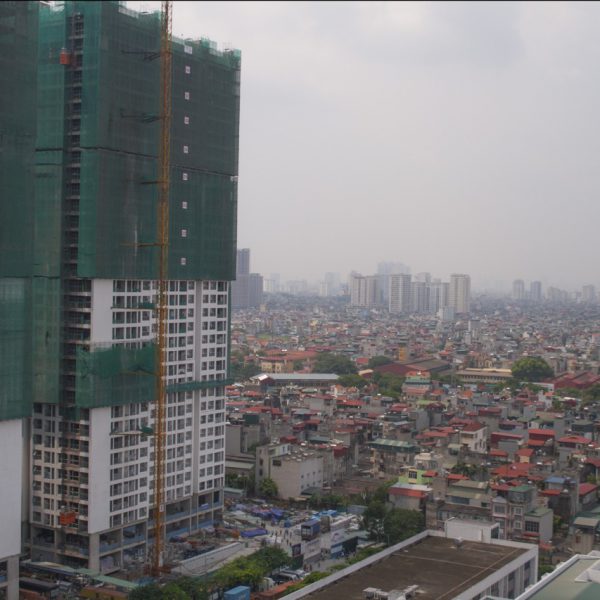 Figure 1. View from 21st floor residential apartment inside Time City (2016)
Figure 1. View from 21st floor residential apartment inside Time City (2016)
 Figure 2. View from ring road passing by Time City (2016)
Figure 2. View from ring road passing by Time City (2016)
 Figure 1. View from 21st floor residential apartment inside Time City (2016)
Figure 1. View from 21st floor residential apartment inside Time City (2016)
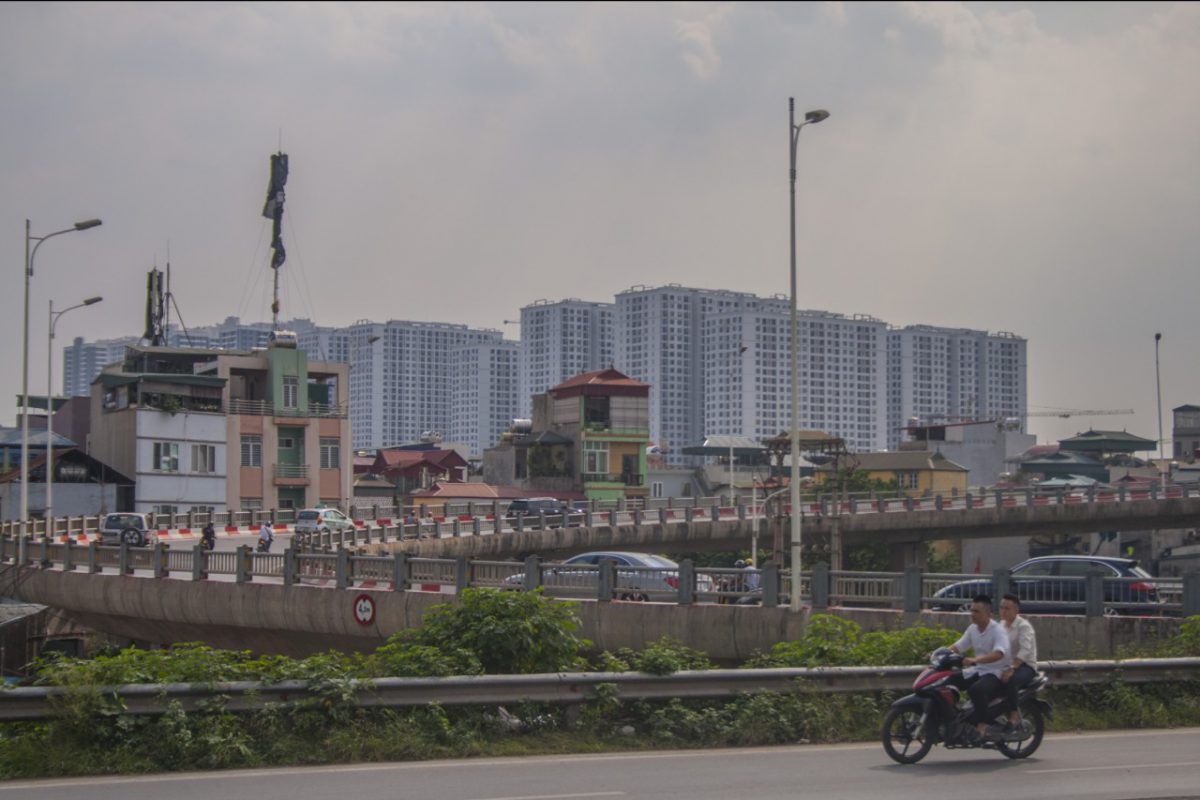 Figure 2. View from ring road passing by Time City (2016)
Figure 2. View from ring road passing by Time City (2016)
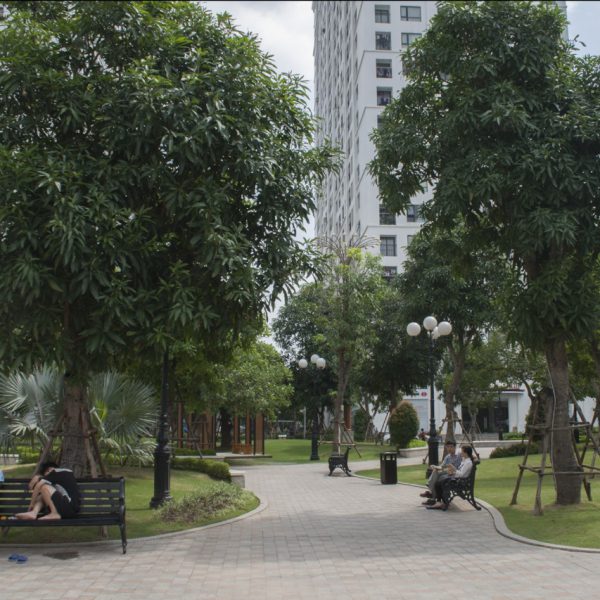 Figure 3. Use of public space inside Time City (2016)
Figure 3. Use of public space inside Time City (2016)
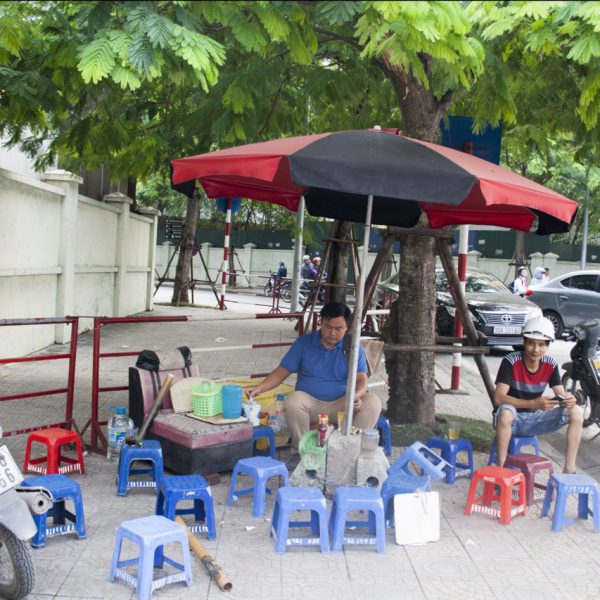 Figure 4. Use of public space just next to the walls outside of Time City (2016)
Figure 4. Use of public space just next to the walls outside of Time City (2016)
 Figure 3. Use of public space inside Time City (2016)
Figure 3. Use of public space inside Time City (2016)
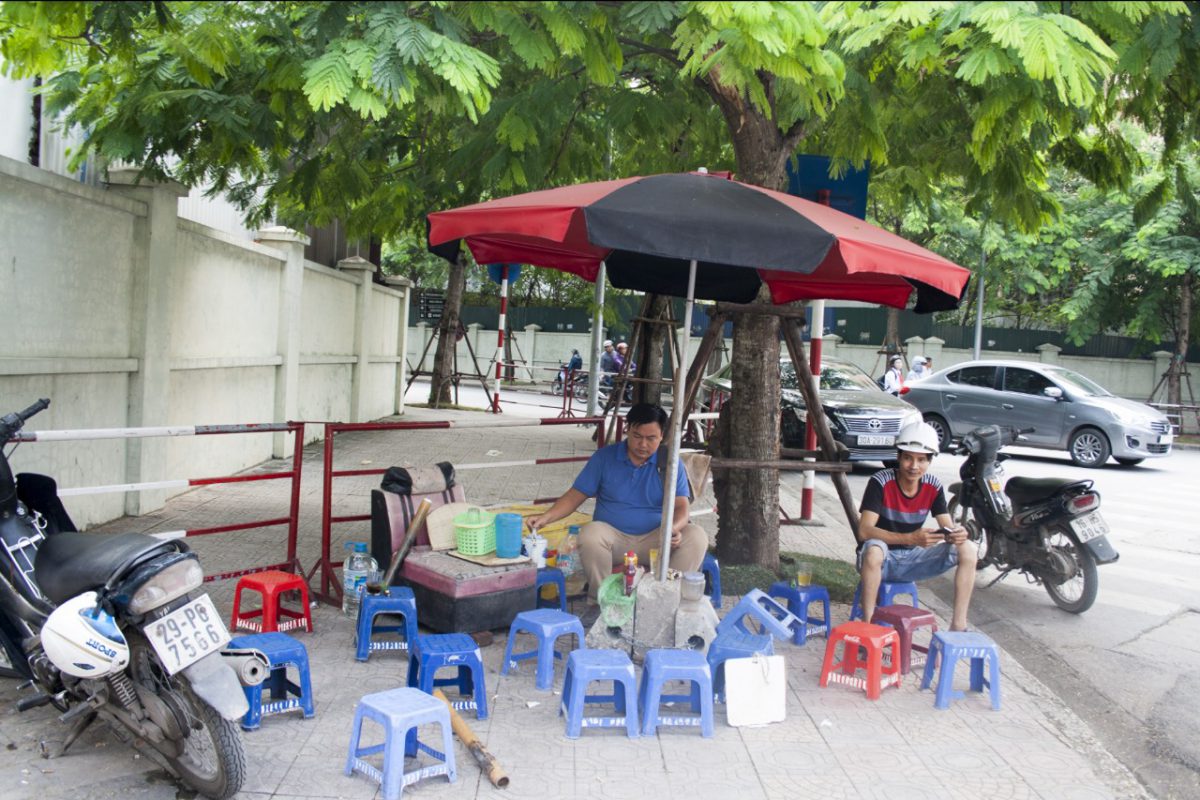 Figure 4. Use of public space just next to the walls outside of Time City (2016)
Figure 4. Use of public space just next to the walls outside of Time City (2016)
The Ruralopolis
Another factor is the urban-rural relationship. When the urbanisation process in Asia entered the hinterlands, it created space for rural lifestyles and habitats instead of erasing them altogether. The Indonesian term kotadesasi (town-village-process), introduced by South-East Asian scholar Terry McGee, refers to the typical Asian hybrid rural-urban urbanisation processes (McGee 1967; Ginsburg, Koppel and McGee 1991) that produced the Asian ‘Ruralopolis’ (Qadeer 2000). Asian cities still maintain structures of old villages, complete with village temples, public spaces around these temples and rural activities in the streets. Additionally, rural lifestyles continue in Asian cities through the way people dress (fig. 6) and the use of urban public space. This can be seen in the presence of street-hawkers, wet markets in almost all Asian cities and the way community gardening is gaining attention by being adopted into formal urban development.
Public Space “Inside Out”
The hybrid city is also characterised by the frequent appropriation of public space for private activities. This is a habit of rural lifestyles, yet it is also related to the high density of Asian cities and the subsequent lack of domestic space. In urban Vietnam, for example, public spaces are used for domestic activities like cooking or washing and for commercial operations such as repairing motorbikes or selling food (Söderström & Geertman 2010). This plurality of public space in Vietnam has been conceptualised as public space “inside out” (Drummond 2000). The use of public space for commercial activities relates to the long tradition of Asian trade quarters with shop-houses. In these areas, the commercial/private/public use of a given space often fluctuates over time (see figure 7). The hawkers which are so characteristic of Asian cities, are of course an example of this dynamic (see figure 8).
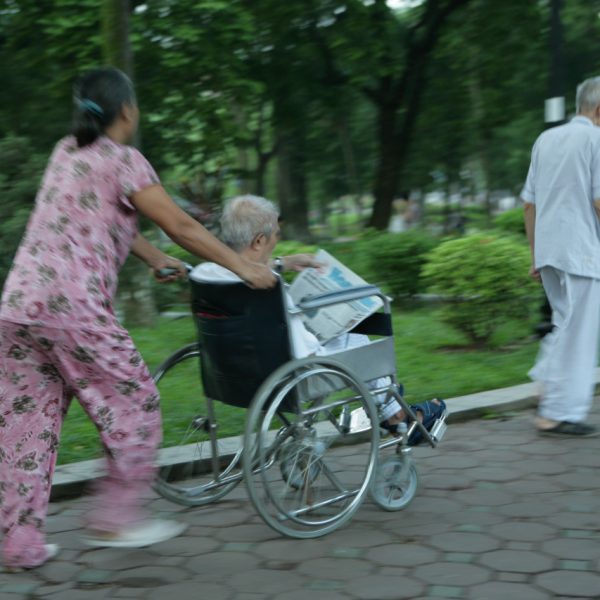 Figure 5. People walking in the park in their pyjamas in Hanoi (2010)
Figure 5. People walking in the park in their pyjamas in Hanoi (2010)
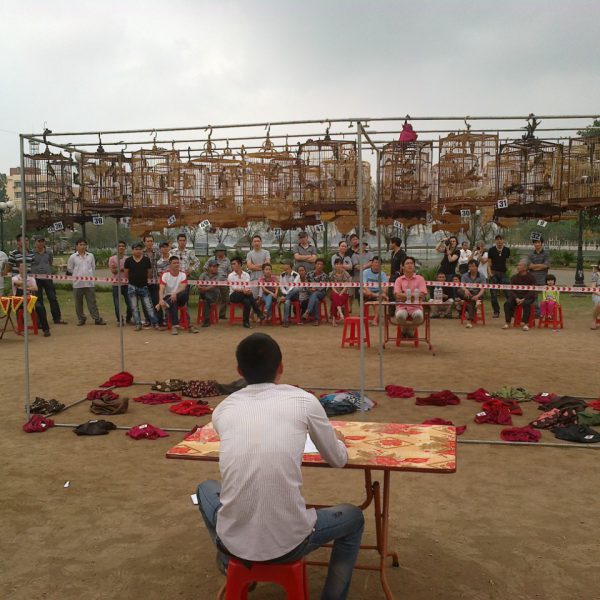 Figure 6. Park temporary used for “bird singing contest” in Hanoi (2013)
Figure 6. Park temporary used for “bird singing contest” in Hanoi (2013)
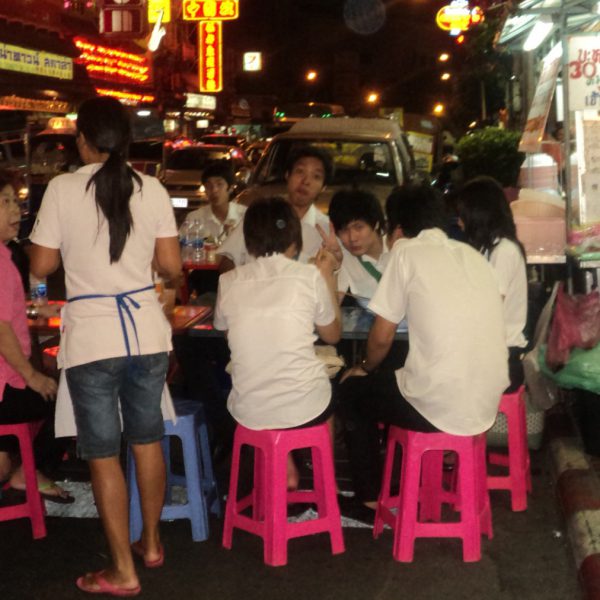
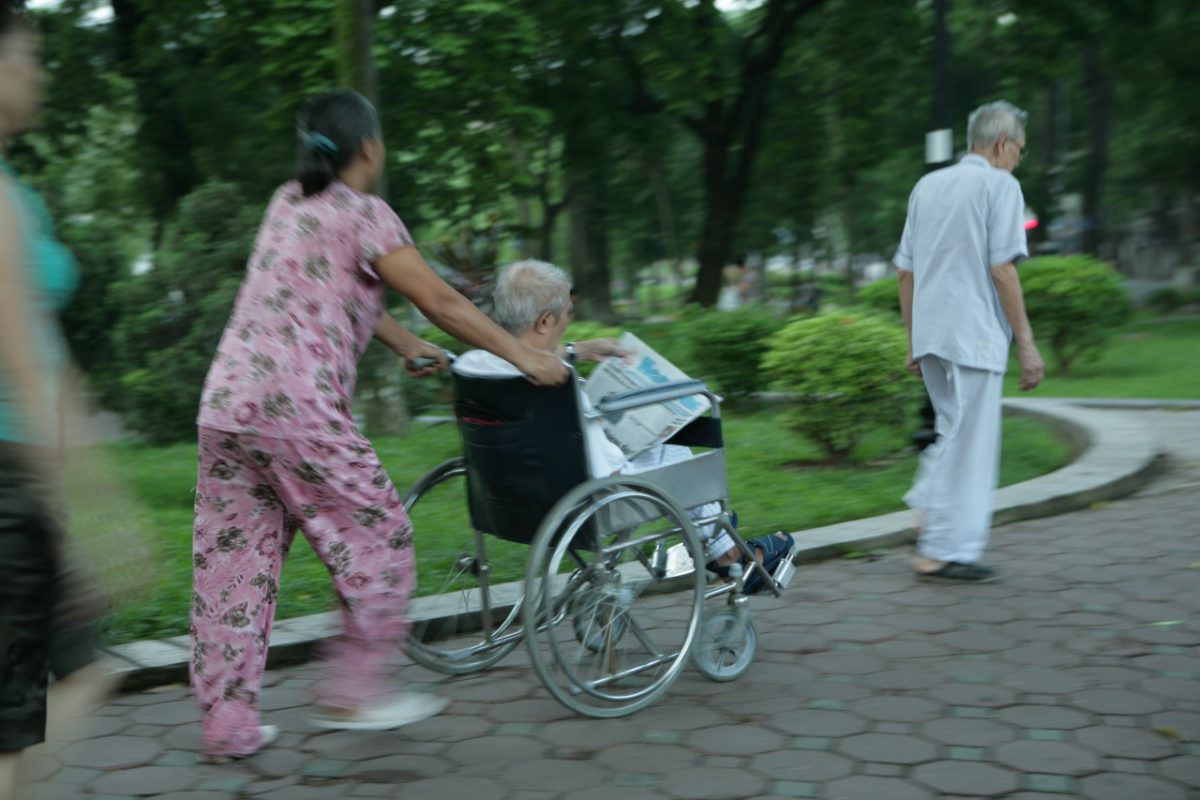 Figure 5. People walking in the park in their pyjamas in Hanoi (2010)
Figure 5. People walking in the park in their pyjamas in Hanoi (2010)
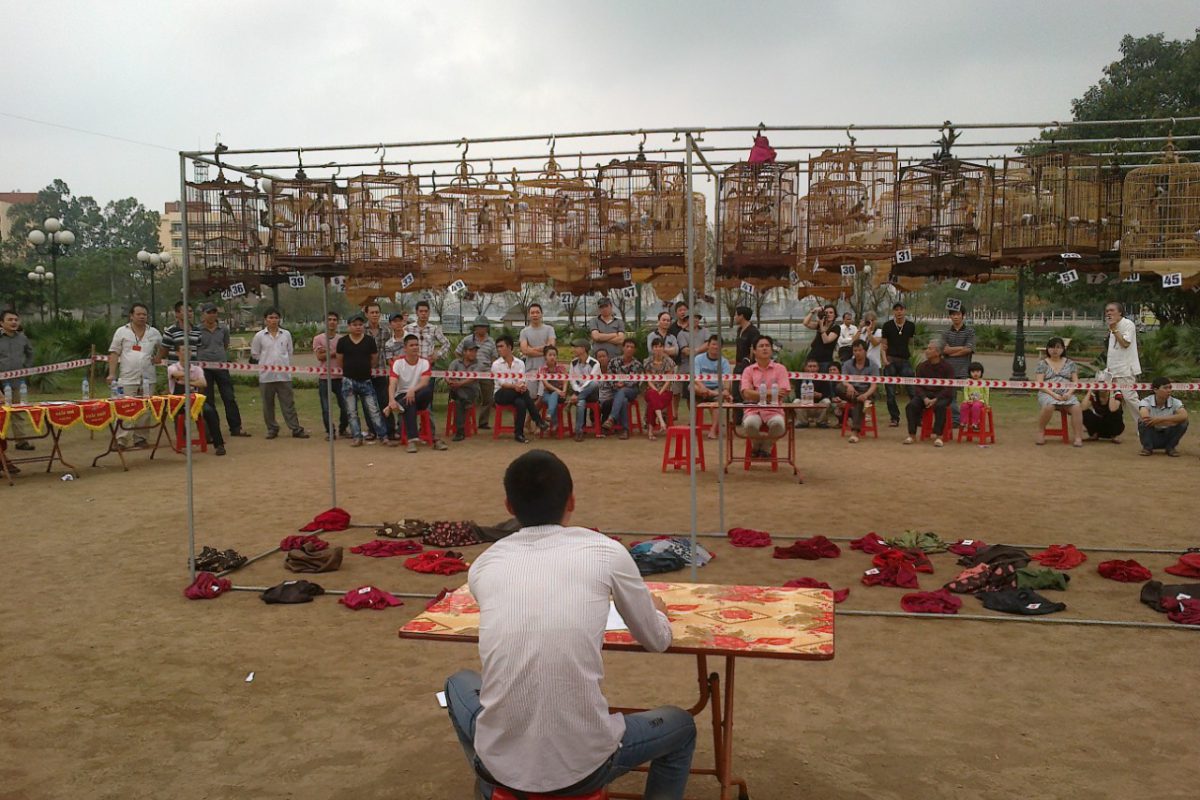 Figure 6. Park temporary used for “bird singing contest” in Hanoi (2013)
Figure 6. Park temporary used for “bird singing contest” in Hanoi (2013)
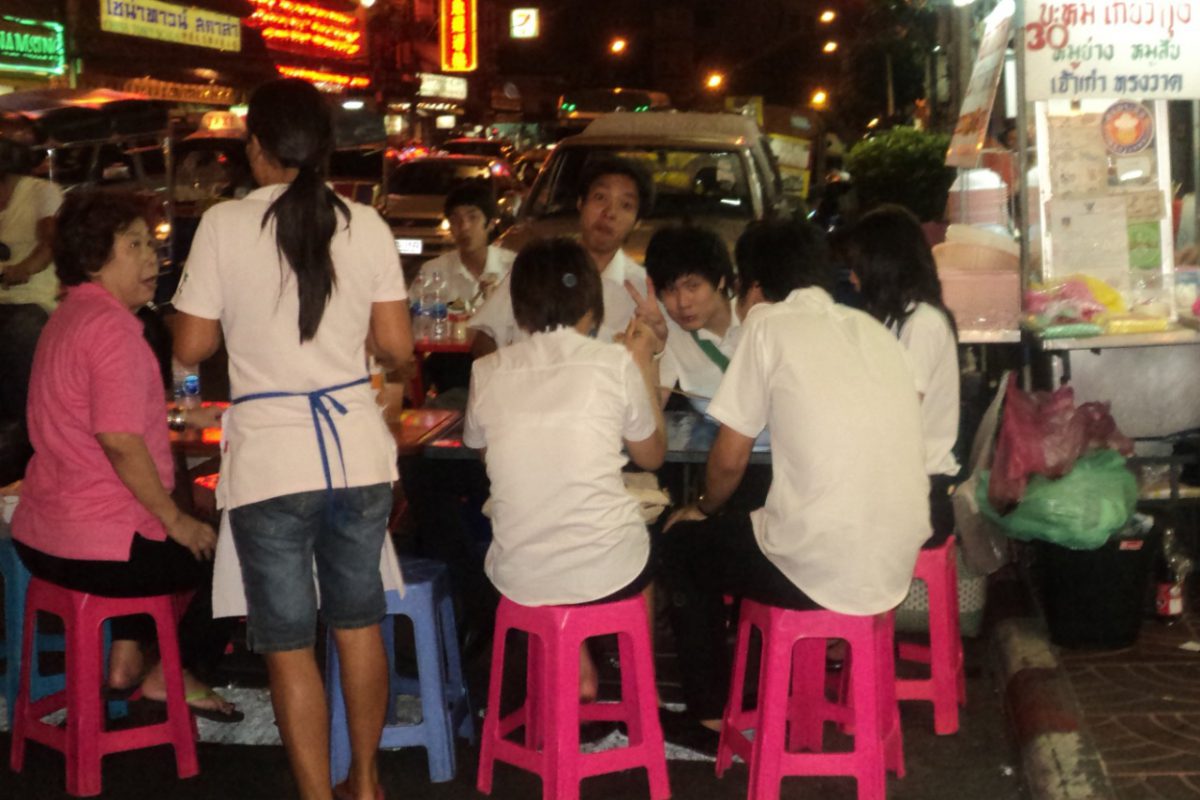
3. Fluid-Formal Negotiation
Third, the hybrid urban fabric in Asian cities is enabled thanks to regular negotiation between formal planning and the fluidity of people’s self-governance. Which one dominates the other depends on the room different actors have to negotiate over the use and design of urban spaces.
The Asian “Grey Space”
Since the 1960s, urban researchers have been looking at rapidly growing cities trying to understand this room for negotiation using terms such as ‘illegal’ or ‘informal’ as opposed to ‘legal’ and ‘formal’. Ultimately, the parameters are related to local governance, which varies per locality. Where there is limited tolerance for “grey space” (Yiftachel 2009) or “zones of exception” (Ong 2006) the formal city will dominate (e.g. Singapore, Seoul). Where there is more tolerance, the fluid city will unfold (e.g. Manila, Jakarta, Bangkok). To return to the Vietnamese example, Hanoi’s urban fabric is predominantly characterised by a fluid urbanism that, like water, adapts to the formal developments in the city. Although the intention of the Vietnamese Communist State was to construct a primarily formal city, due to the long years of war combined with a Post-Socialist institutional system in transition, “grey spaces” provided a lot of room for a self-built urban fabric to develop (Geertman 2007, Geertman and Kim 2019). In addition, it allowed private and commercial activities in public space, as well as recreational activities in what is considered in Vietnam as “political” public space (Thomas 2001). Figures 9 and 10 illustrate how this results in a merging of formal and fluid: leisure activities are tolerated at the political Lenin-Square, where it is (in theory) prohibited by law to use space for play (Geertman et. al 2016).
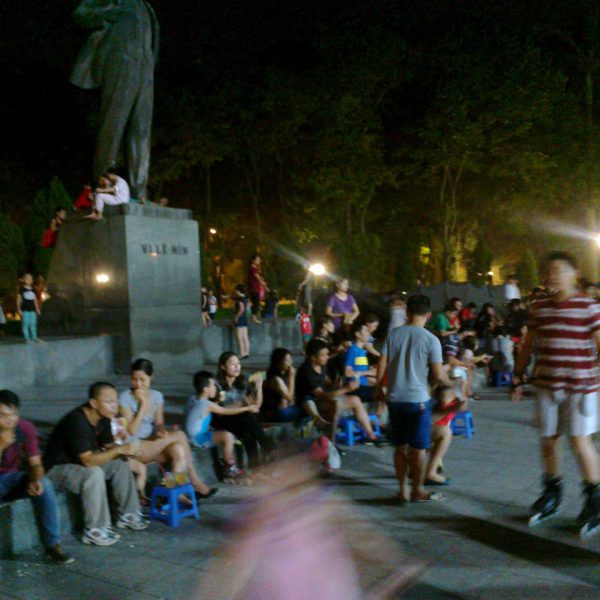 Figure 7. Base of the Lenin Square used for leisure activities
Figure 7. Base of the Lenin Square used for leisure activities
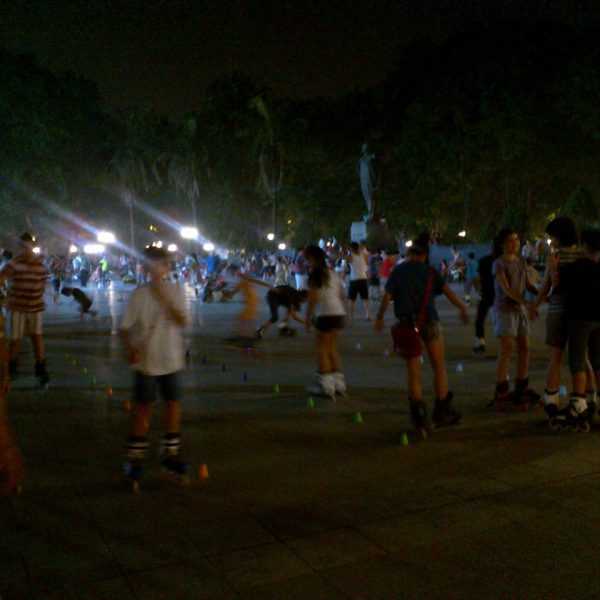 Figure 8. Youth rollerblading at the Lenin Square (2013)
Figure 8. Youth rollerblading at the Lenin Square (2013)
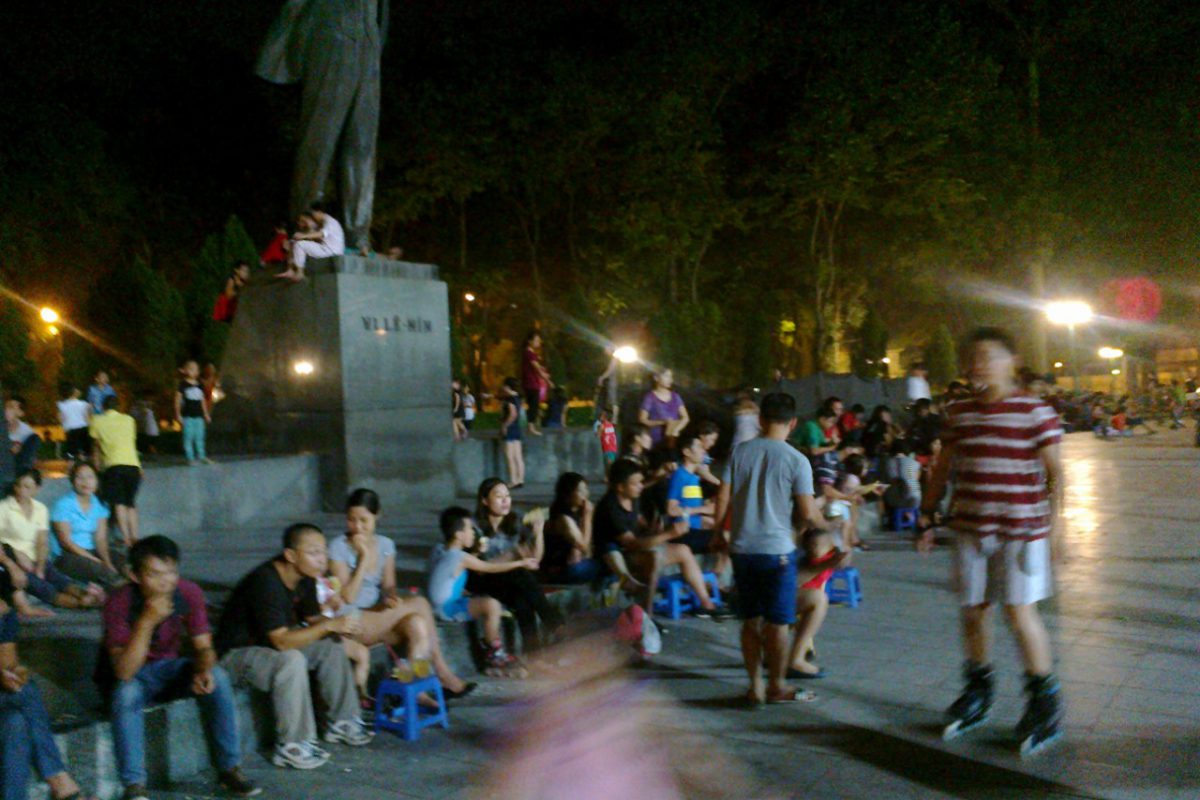 Figure 7. Base of the Lenin Square used for leisure activities
Figure 7. Base of the Lenin Square used for leisure activities
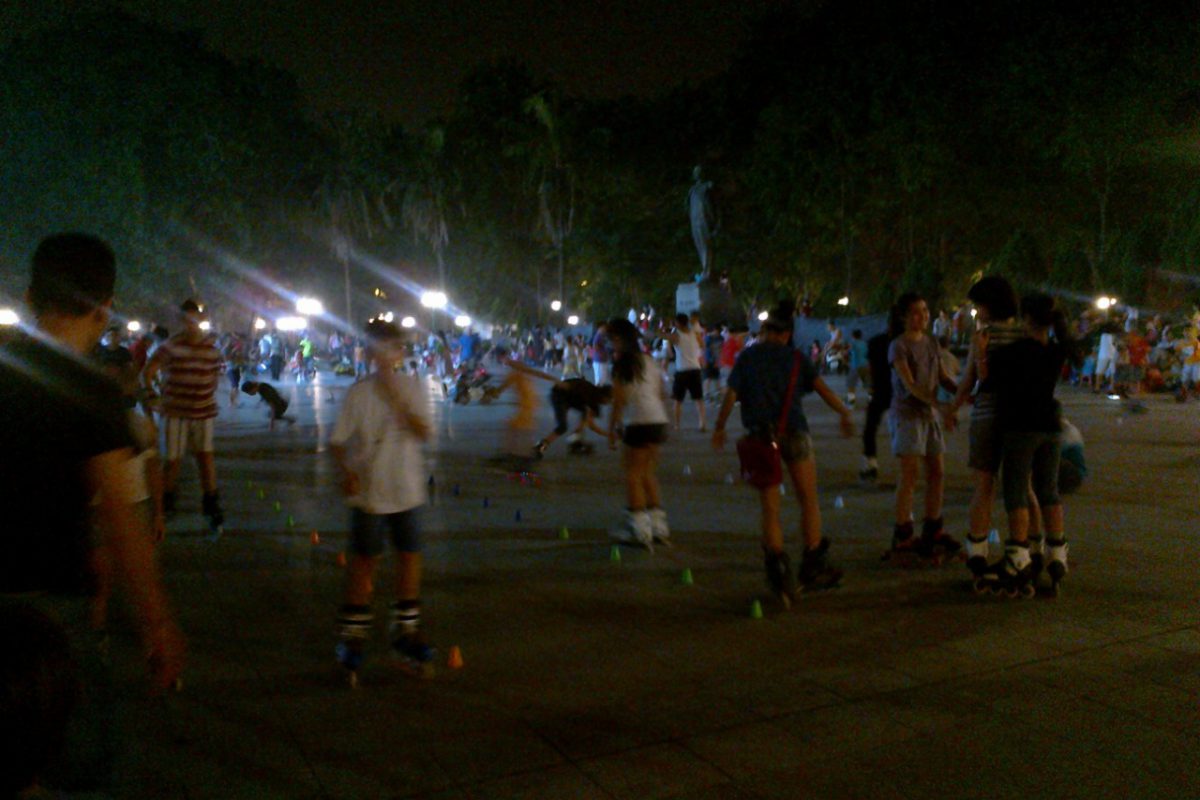 Figure 8. Youth rollerblading at the Lenin Square (2013)
Figure 8. Youth rollerblading at the Lenin Square (2013)
State-led urban planning, privatisation and commercialisation and people themselves have transformed Asia’s cities since the 1960s. First, State-led developments demolished many places in the (local) fluid city: e.g. shopping malls replaced many wet-markets and high-rise towers replaced low-rise, self-built vernacular houses. Second, a rising middle class increasingly chooses to move from the fluid (informal/vernacular) to the formal areas (gated communities, high-rises, suburban row houses/villas). By doing so, their lifestyle choices change as well: visits to the wet-market are exchanged for the shopping mall, street badminton is exchanged for the indoor gym (fig. 11, 12). These choices are compounded by increased international cultural integration, and Asian States associating formal building typologies with economic success. In some cases, governments spread banners with new town visions (fig. 13) to actively propagandise a ‘civilised society’ as a formalised city (Harms, 2009; Schwenkel, 2012).
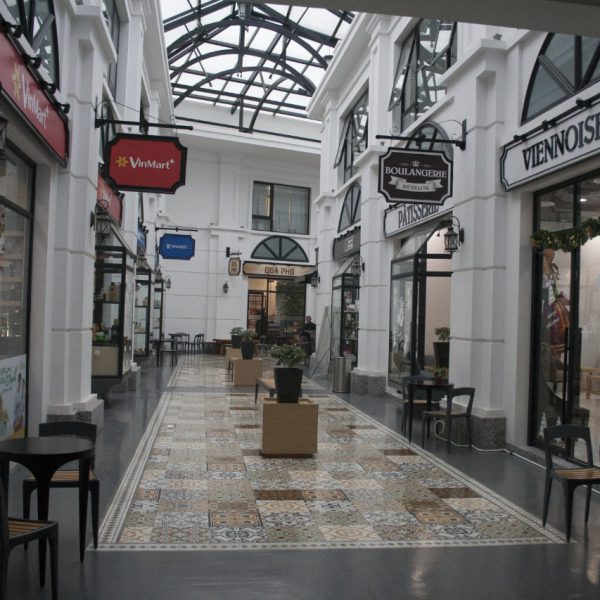
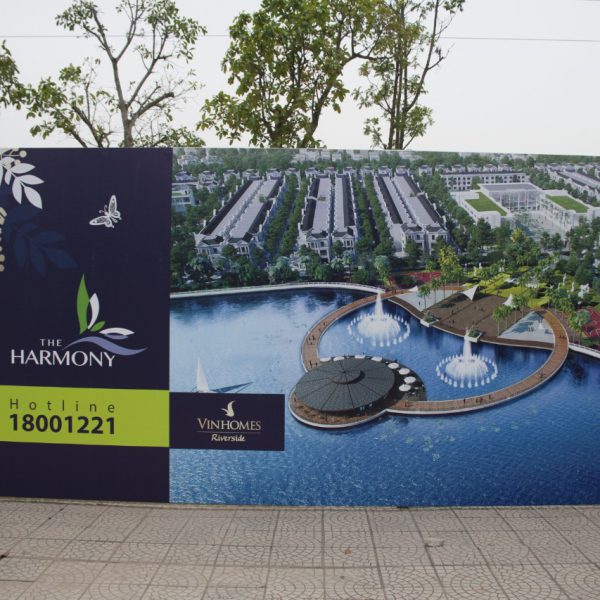 Figure 11. Vinhome Riverside promotion banner in Hanoi (2016)
Figure 11. Vinhome Riverside promotion banner in Hanoi (2016)
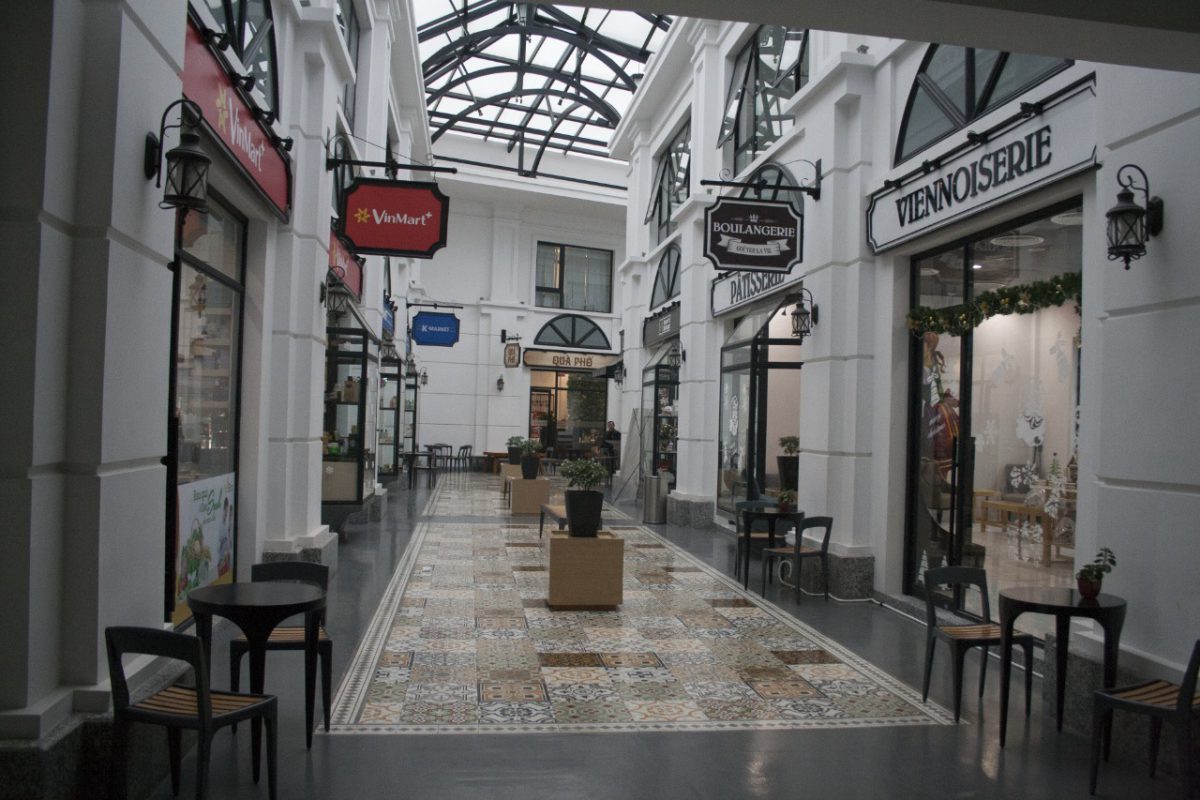
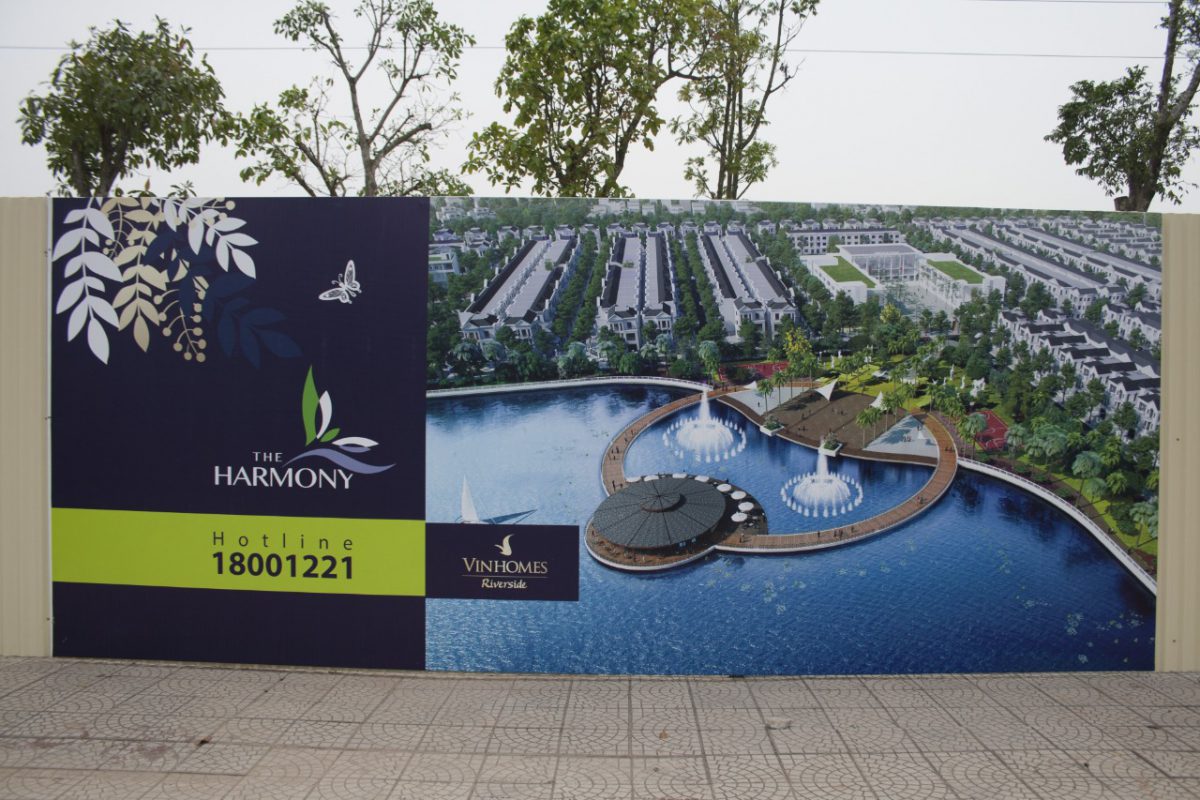 Figure 11. Vinhome Riverside promotion banner in Hanoi (2016)
Figure 11. Vinhome Riverside promotion banner in Hanoi (2016)
Although some of Asia’s distinct character was lost during the first phase of modernisation (1960-late 90s) many Asian urban governments have been reorienting towards what makes Asian Cities “Asian”: its people and the liveliness of its streets. Many renovations and reconstructions have now taken place: river-fronts have been restored (in Seoul, Shanghai, Tokyo) and wet-markets, shop-houses, street-vendors are being brought back to Asian urban agendas (in Singapore, Beijing, Hong Kong, Vietnam). Within this process, however, local residents are displaced. It is a process similar to gentrification as witnessed in other cities around the globe (Choi 2014; Shin and Kim 2014; La Grange and Pretorius 2014; Geertman 2016). This means for example that renovated shop-houses and wet-markets, previously used by local residents, have now become overtaken by tourists and the upper class (fig. 14, 15). It’s clear that “grey-spacing” also enables a process of increased segregation — in Yiftachel’s words, an “urban apartheid”— to emerge (2009).
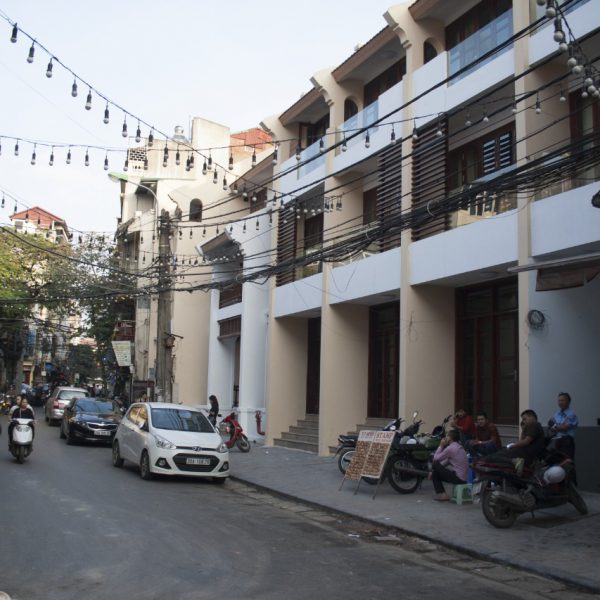 Figure 12. Shop-house in Kuala Lumpur repurposed to exclusive (expensive) chocolate store, displaced original residents in China Town.
Figure 12. Shop-house in Kuala Lumpur repurposed to exclusive (expensive) chocolate store, displaced original residents in China Town.
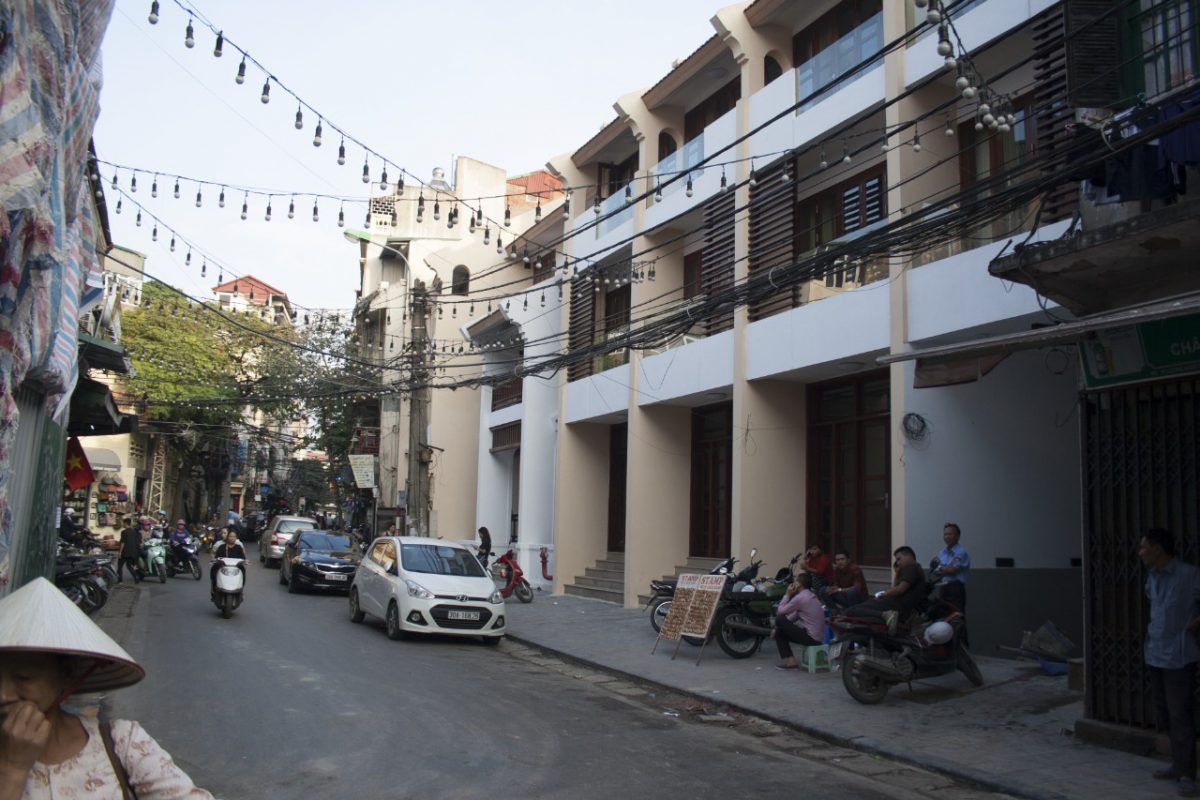 Figure 12. Shop-house in Kuala Lumpur repurposed to exclusive (expensive) chocolate store, displaced original residents in China Town.
Figure 12. Shop-house in Kuala Lumpur repurposed to exclusive (expensive) chocolate store, displaced original residents in China Town.
Compared to the purposeful divorce of the cité and ville in Europe, it seems unlikely that the thành (formal) and phố (fluid) will separate in this region. The return to a focus on ‘people’ is not unique for the Asian region, it is the key driver behind the whole placemaking movement, which is developing rapidly in many cities around the world. Yet the key reason why the fluid has such a strong presence in the Asian region might be the strongly embedded collective culture: many old and new networks of local self-governance exist. It explains the self-organising structures in housing (Geertman 2007) and in how hawkers organise themselves (see the example in Kuala Lumpur); how community gardening can develop quickly (see case Shanghai); why people are so devoted to revitalise wet-markets (see case Hanoi) and why people in this region are so quick to participate in community initiatives in general (see the cases from Japan). It is the self-organising / fluid networks that normalise how spaces and places in a city are used, and more often than not, they work upon informal regulations. It is precisely these surviving ‘tactics’ of various urban subaltern groups that are resisting and challenging the intentionally planned ‘strategies’ of urban authorities and planners. Asef Bayat has called this in his research in the Middle East the ‘encroachment of the ordinary’ or ‘low politics’ of ‘the street’ as these fluid networks can gradually transition the urban environment even leading to transitions in formal decision-making in cities (2010). The transgression of women changing ways in which they wear their veil in the streets in Tehran is, for example, similar to the transgression of Vietnamese youth who skate at the base of Lenin Square in Hanoi. That ‘low politics’ on Asian cities at eye level can also easily transform into real political movements is witnessed in the examples of Hanoi’s Tree Hug Movement in 2015, Hong Kong’s Umbrella Movement (2014) and in the recent 2019-2020 Hong Kong Protests (Geertman and Boudreau 2018).
In conclusion, although the fluid city remains under pressure of formalisation in Asia, architects and planners in this region — as in other parts in the world — are increasingly shifting attention back to what Sennett called the ‘Open City’. To realistically do so, however, Sennett proposes that we might need an ‘ethical code’ for city development. A code in which there is “an ethical connection between the urbanist [the planner, the formal] and the urbanite [the people, the fluid].” For Asian cities, this would mean protecting and designing not only tangible Asian heritage (as is often done at present) but also giving space for Asia’s intangible (socio-cultural) structures — which would include giving more voice to the people and their capability towards self-governance. It is this more tactical urbanism by the people, which will both contribute to more equality in cities, as well as provide more meaning to urban places and spaces in this region and elsewhere in the world. As Richard Sennett puts it: “the open city is not created for people but by people.”